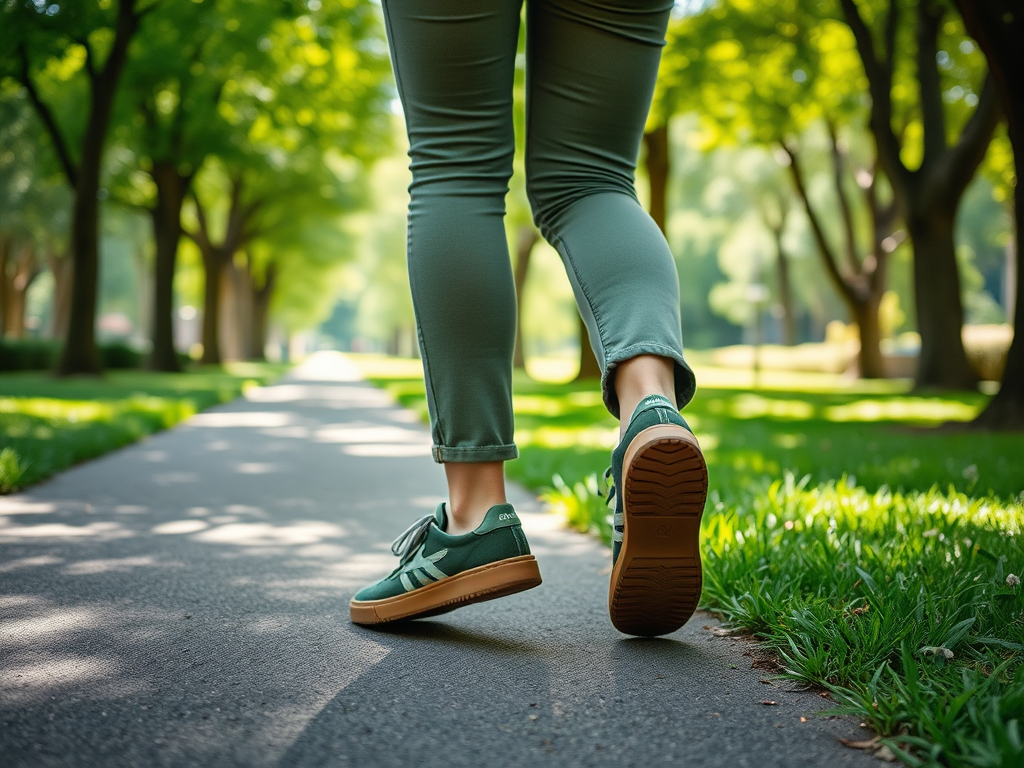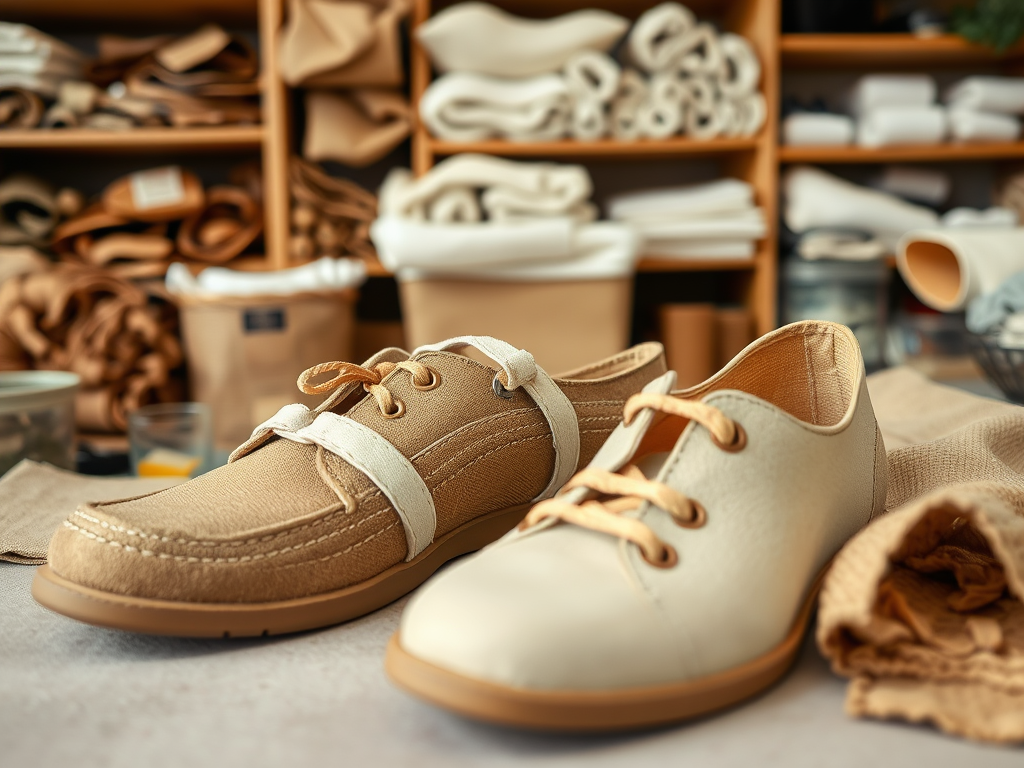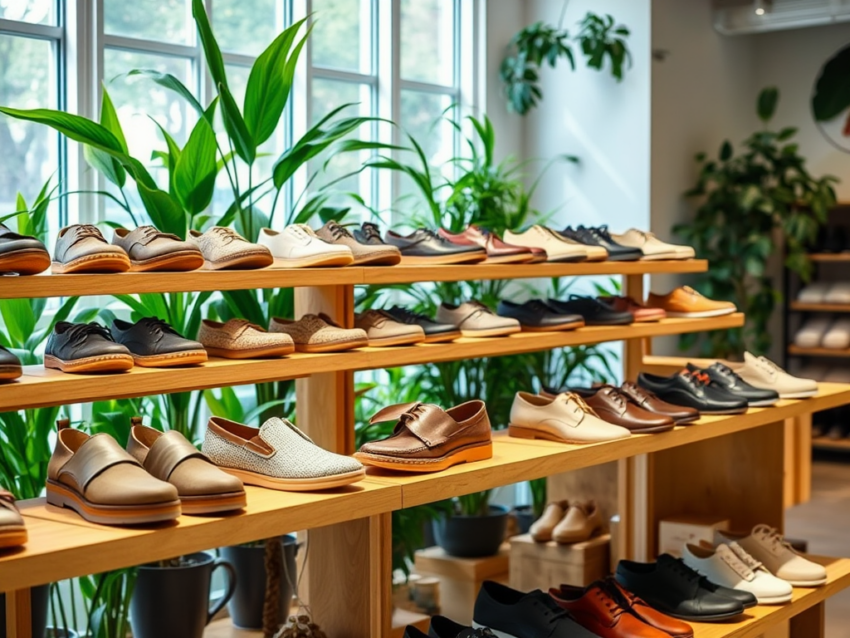As consumers become increasingly aware of their environmental impact, the demand for sustainable footwear has reached unprecedented heights. Eco-consciousness is no longer an option; it’s a necessity. In this article, we will delve into the best sustainable shoe brands of 2025, exploring what makes them stand out in a burgeoning market. Footwear brands are now making significant strides towards reducing their carbon footprints, adopting ethical labor practices, and innovating with materials. With so many options available, it can be challenging to discern which brands genuinely prioritize sustainability. This comprehensive comparison aims to arm you with the knowledge to make informed choices, benefiting both your lifestyle and the planet.
What Makes a Shoe Brand Sustainable?

Determining the sustainability of a shoe brand involves assessing various critical factors. Many consumers look for brands that utilize eco-friendly materials—think organic cotton, recycled plastics, or natural rubber. Additionally, the manufacturing process plays a pivotal role; brands that prioritize ethical labor practices and reduce waste are often considered more sustainable. Transparency is another crucial aspect; brands that openly share their sourcing and production processes typically earn consumer trust. Lastly, a brand’s commitment to community initiatives and environmental conservation can set it apart in a crowded market. By understanding these criteria, you’ll be better equipped to evaluate the sustainability claims of different brands.
Top Sustainable Shoe Brands of 2025

As the concept of sustainability takes center stage, several brands are leading the charge with their innovative practices and commitments. Below is a closer look at some of the most notable sustainable shoe brands of 2025, each making a significant impact in its own way.
| Brand | Key Features |
|---|---|
| Allbirds | Natural materials, Eco-friendly production |
| Veja | Fair trade practices, Recycled materials |
| Adidas x Parley | Recycled ocean plastics, Innovative design |
Allbirds: Overview and Sustainable Practices
Allbirds stands out for its holistic approach to sustainable footwear. The brand sources natural materials such as merino wool, eucalyptus fibers, and sugarcane-based EVA foam. They ensure their production processes align with eco-friendly practices, including carbon neutrality and ethical labor standards. Customers often rave about the comfort and style of Allbirds’ footwear, proving that sustainable choices don’t have to sacrifice aesthetics. Furthermore, they have earned accolades for their commitment to transparency in sourcing their materials. Eco-conscious consumers appreciate this clear line of sight into the brand’s ethical practices.
Veja: Fair Trade and Transparency
Veja has gained global recognition for its commitment to sustainability and ethical production. he brand prioritizes fair trade sourcing of organic cotton and natural rubber from small producers in Brazil. Additionally, they use recycled materials to minimize their environmental impact. Veja maintains full transparency about their supply chain, ensuring that consumers can trace the origins of their shoes. This level of honesty has built considerable trust among eco-conscious buyers. Furthermore, their efforts extend to social projects, supporting workers and local communities involved in their production process.
Adidas x Parley: Innovations in Eco-Friendly Footwear
Adidas, in collaboration with Parley for the Oceans, has taken significant strides in sustainability. Their innovative footwear line features shoes made from recycled ocean plastics, turning waste into high-performance materials. This initiative not only helps clean up the oceans but also sets a new standard for eco-friendly sportswear. Adidas continues to invest in sustainable research and development, aiming to create 100% recycled shoes in the near future. Their designs combine performance, durability, and sustainability, making them a top choice for environmentally conscious athletes and everyday consumers.
Factors to Consider When Choosing Sustainable Footwear
When exploring options for sustainable footwear, there are several essential factors to consider. The materials used in production, the longevity of the shoes, and the ethical practices of the brands all play significant roles. Understanding these can guide you toward choices that resonate with your lifestyle and values.
- Material Quality: Look for shoes made from sustainable materials that are biodegradable or recyclable.
- Brand Ethics: Research the brand’s labor practices and commitment to social responsibility.
- Durability: Sustainable shoes should last longer, making them cost-effective over time.
Conclusion
In a world increasingly dictated by consumer choices, supporting sustainable shoe brands is more critical than ever. These brands not only offer stylish and comfortable footwear but also make meaningful contributions to the environment and society. By choosing to invest in sustainable options, you’re taking a stand for a healthier planet and a more ethical fashion industry. The brands highlighted in this article are just a handful of the many making strides toward comprehensive sustainability. Your informed choices can enhance your wardrobe while playing a pivotal role in nurturing the world we live in.
Frequently Asked Questions
- What are the benefits of sustainable shoes? Sustainable shoes reduce environmental impact, support ethical labor practices, and promote recycling.
- How do I identify a truly sustainable shoe brand? Look for certifications, transparency in materials, and commitment to ethical labor practices.
- Are sustainable shoes more expensive? While some sustainable options may cost more upfront, they often provide better quality and longevity, making them a worthwhile investment.
- Can I find stylish sustainable shoe options? Yes, many sustainable brands offer trendy and fashionable designs without sacrificing eco-friendliness.
- What materials should I look for in sustainable shoes? Look for natural materials like organic cotton, hemp, recycled plastics, and eco-friendly alternatives to leather.
